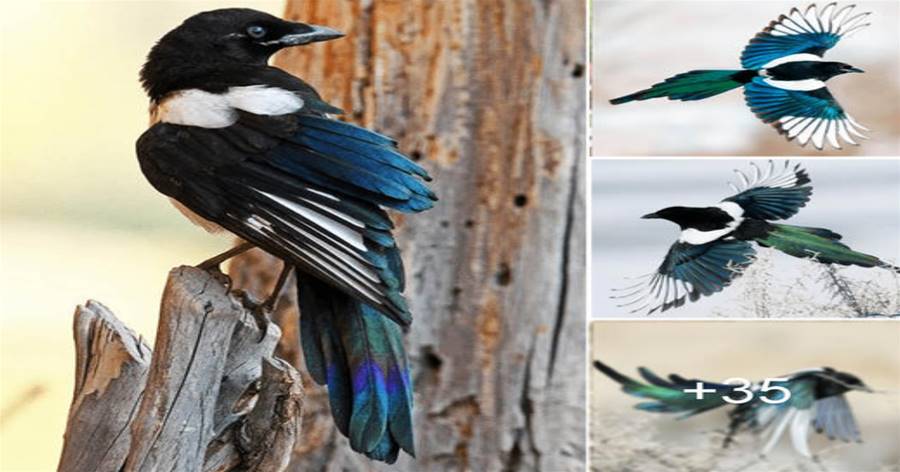

When it comes to birds that capture our attention with their striking appearance and intriguing behavior, the Black-billed Magpie (Pica hudsonia) is a true standout.
With its bold black and white plumage, long tail, and distinctive vocalizations, this avian wonder is a fascinating species that has long intrigued birdwatchers, naturalists, and researchers alike.
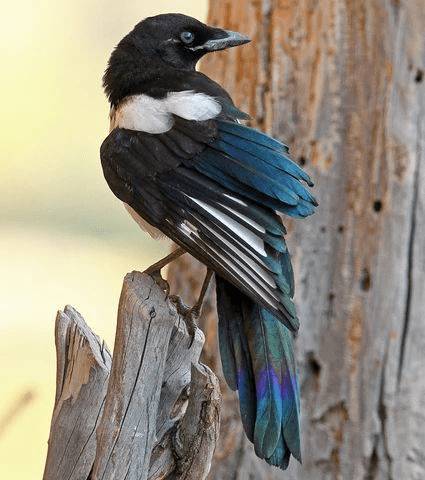
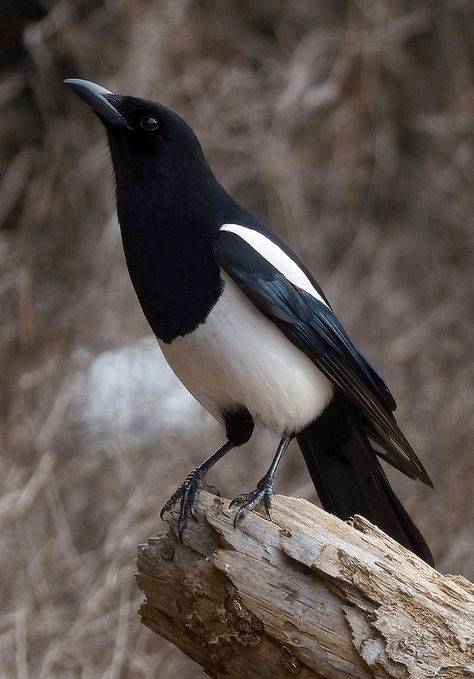
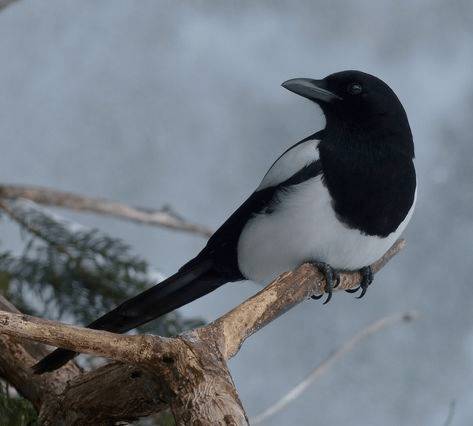
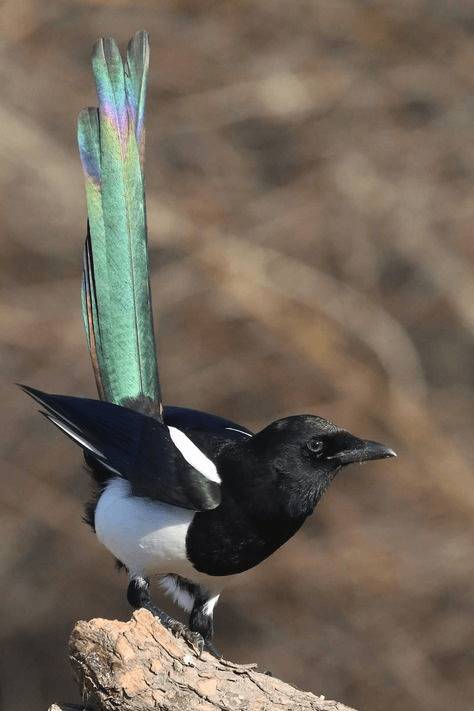
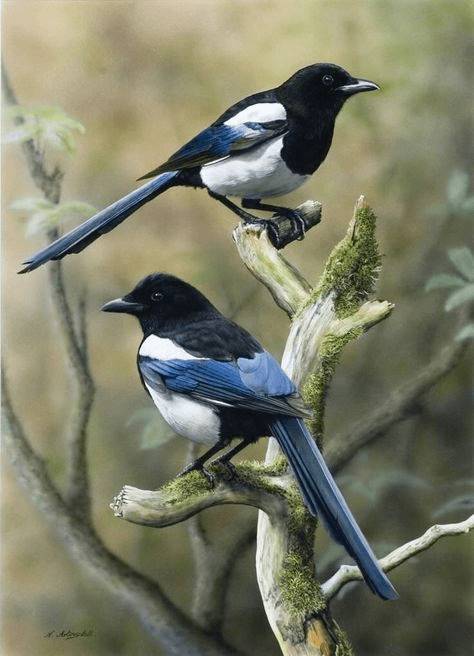
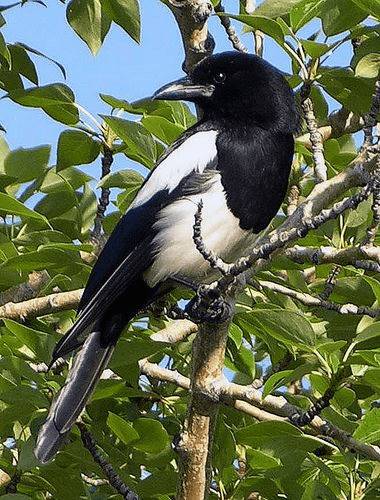

Let’s delve into the world of the Black-billed Magpie and uncover some of its secrets, including its physical characteristics, habitat, behavior, diet, and ecological significance.
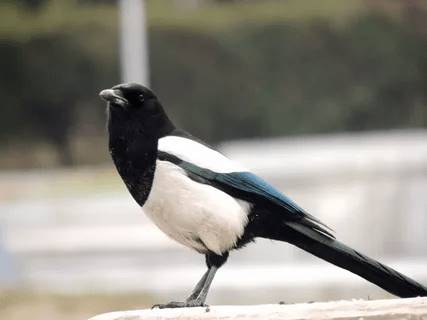
Physical Characteristics:
The Black-billed Magpie is a medium-sized bird, measuring approximately 45-60 cm in length, with a wingspan of 56-61 cm. Its most striking feature is its black and white plumage.
The bird’s head, breast, back, and wings are a glossy black, while its belly and shoulders are pure white. The long tail is also black, with iridescent blue-green feathers that shimmer in the sunlight.
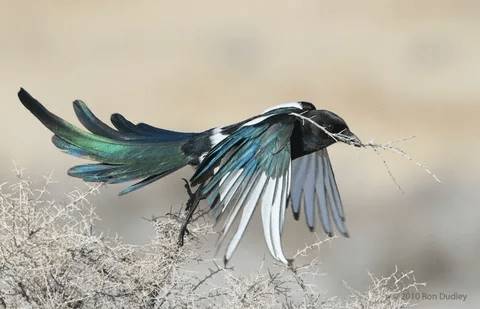
Habitat:
The Black-billed Magpie is native to North America and is found in a variety of habitats, including woodlands, forests, grasslands, and agricultural areas.
It is a highly adaptable species and can also thrive in urban areas, including parks and gardens.
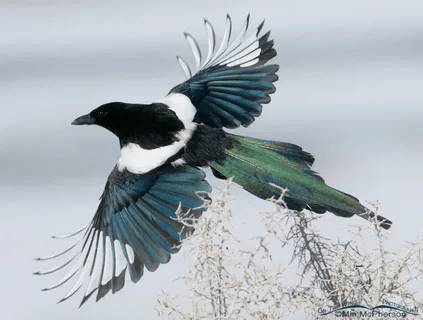
Behavior:
One of the most fascinating aspects of the Black-billed Magpie is its complex social behavior. These birds are known for their intelligence, curiosity, and playful nature.
They are also highly vocal and communicate using a wide range of calls, including a distinctive “mag” call, which gives them their name.
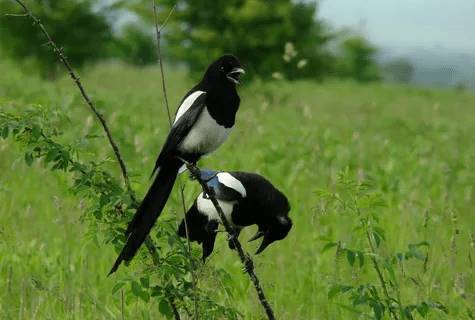
Black-billed Magpies are also known for their nest-building skills. They construct large, dome-shaped nests made of twigs and branches, lined with softer materials like grass and fur.
These nests are often located high in trees and provide protection for the eggs and young.
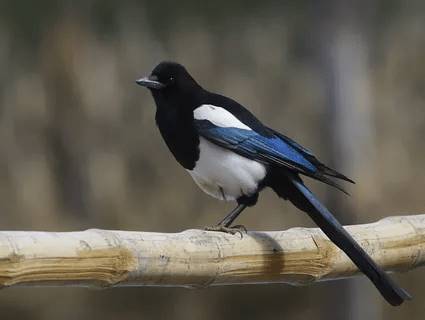
Diet:
The Black-billed Magpie is an omnivorous species, with a diverse diet that includes both plant and animal matter.
They feed on a wide variety of food, including insects, small mammals, eggs, fruits, seeds, and carrion.
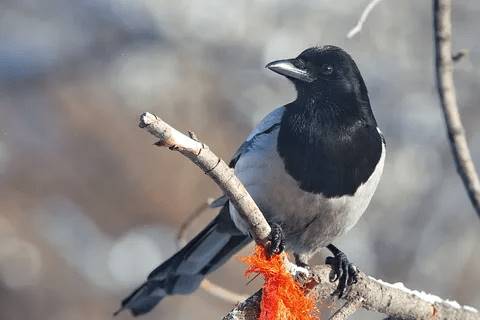
Ecological Significance:
As scavengers, Black-billed Magpies play an important role in ecosystems by helping to clean up carrion and other organic matter.
They also help control insect populations, particularly during the breeding season when they feed on large quantities of insects to feed their young.
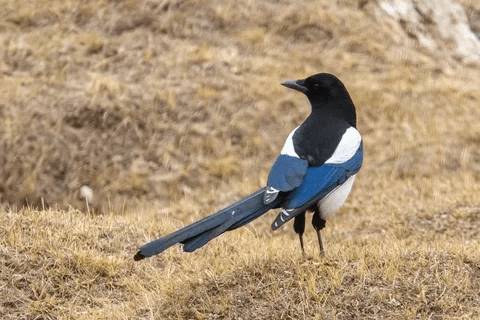
Conservation Status:
The Black-billed Magpie is currently listed as a species of least concern on the IUCN Red List of Threatened Species.
However, like many bird species, it faces threats from habitat loss, pollution, and climate change. Conservation efforts are important to protect their habitats and ensure their survival for future generations to appreciate and study.
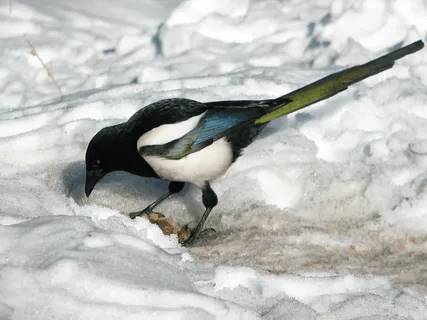
In conclusion, the Black-billed Magpie is a remarkable bird species that captivates us with its striking appearance, vocalizations, and intriguing behavior.
From its black and white plumage to its complex social interactions, this avian wonder continues to be a subject of fascination for bird enthusiasts and researchers alike. By understanding more about this species and its ecological significance, we can appreciate and conserve these magnificent birds for generations to come.

